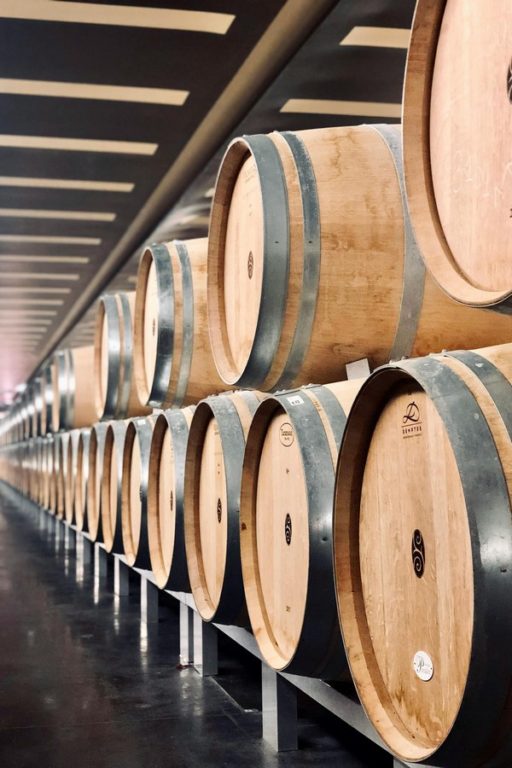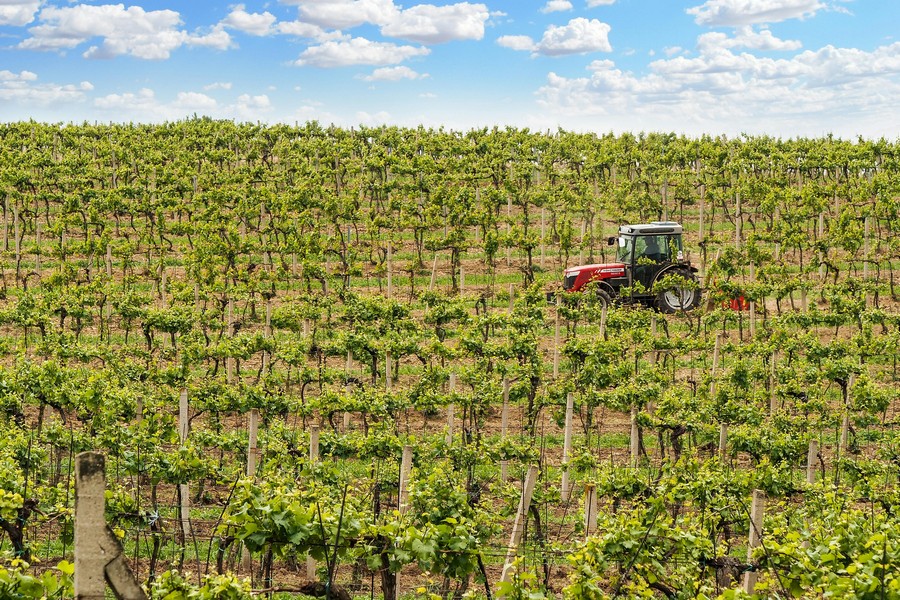Regulations for Minimum and Maximum ABV in Wine: A Global Perspective
Alcohol by volume (ABV) is a crucial factor in defining a wine’s character, flavor, and regulatory classification. Different countries and regions have specific regulations for minimum and maximum ABV levels in wine, shaped by local customs, climate, and consumer preferences. This article offers a global perspective on ABV content in wine and the various regulations that govern it. Please note that these regulations evolve regularly, and some percentages may vary as documentation is not always publicly available and is often shared only with producers.
Minimum and Maximum ABV Levels: A Country-by-Country Guide
United States
In the United States, the Alcohol and Tobacco Tax and Trade Bureau (TTB) sets the standards for wine. Table wine, which is the most common type, typically has an ABV ranging from 7% to 14%. Fortified wines like Port or Sherry can have an ABV up to 24%. Wines with less than 7% ABV are categorized separately and face different labeling requirements.
European Union

The European Union (EU) has a comprehensive regulatory framework for wine. Most still wines must have a minimum ABV of 8.5%, but this can be as low as 4.5% for wines produced in certain cooler regions, like Germany. The maximum ABV for still wines is generally around 15%, but fortified wines can go up to 22% ABV. There are some notable exceptions such as Puglia in southern Italy where the alcohol content can reach levels as high as 18%. The EU also distinguishes between different categories of wine, such as “table wine” and “quality wine,” each with its own ABV specifications.
Australia
Australia’s wine regulations are governed by the Food Standards Australia New Zealand (FSANZ). The minimum ABV for wine in Australia is 8%, with no specified maximum. However, for labeling purposes, wines over 15% ABV must declare the alcohol content more prominently. Fortified wines, like many other regions, can exceed 20% ABV.
New Zealand
In New Zealand, the minimum ABV for wine is set at 8%. There is no upper limit defined, but wines typically range up to 15% ABV. Fortified wines are less common but follow similar guidelines to other countries, with higher alcohol content allowed.
Argentina and Chile
Both Argentina and Chile have vibrant wine industries with regulations that reflect their unique wine-making traditions. In Argentina, the minimum ABV for wine is 8%, with no specific maximum. Chile follows a similar approach, with most wines ranging between 11.5% and 14.5% ABV.
Notable Exceptions and Oddities
Germany
Germany is known for its Riesling wines, which can have remarkably low ABV levels due to the cool climate and harvest methods. Some Kabinett and Spätlese Rieslings can have an ABV as low as 7.5%, making them exceptions in the global wine market.
Italy
Italy’s Moscato d’Asti is a unique sparkling wine with a low ABV, often around 5.5%. This wine’s low alcohol content is a result of early fermentation stoppage, which retains more of the grape’s natural sugars, giving it a sweet, fruity profile.
The Curious Case of Non-Alcoholic Wine
Non-alcoholic wine is a fascinating segment of the wine market. By definition, non-alcoholic wine must contain less than 0.5% ABV. These wines start as regular wine but undergo a dealcoholization process, which can involve techniques like vacuum distillation, reverse osmosis, or spinning cone technology. The goal is to remove most of the alcohol while preserving the flavors and aromas of the wine.
Are Non-Alcoholic Wines Truly “Wines”?
This question is hotly debated. In many jurisdictions, non-alcoholic wines cannot be labeled simply as “wine” due to the strict definitions surrounding the term. Instead, they are often marketed as “non-alcoholic wine” or “alcohol-free wine.” The EU, for instance, requires non-alcoholic wines to be clearly labeled as such, ensuring consumers are not misled.

Production Process of Non-Alcoholic Wine
1. Fermentation: The process begins with the fermentation of grape juice, similar to regular wine production.
2. Dealcoholization: The fermented wine is then subjected to one of several dealcoholization techniques:
– Vacuum Distillation: This method involves heating the wine under reduced pressure to boil off the alcohol at lower temperatures, which helps preserve some of the wine’s flavors.
– Reverse Osmosis: In this process, wine is passed through a membrane that separates alcohol and water from the other components, which are then recombined with water to create the final product. This method has lower cost but also causes significant levels of stress on the wine.
– Spinning Cone Column: This technology uses centrifugal force to separate alcohol from the wine at low temperatures, minimizing flavor loss.
Non-alcoholic wines offer an alternative for those seeking the taste and experience of wine without the effects of alcohol. While they may not have the same depth and complexity as traditional wines, advancements in production techniques are continually improving their quality.
ABV is Terroir
Eventually, one as to draw a parallel between ABV content and terroir, the unique combination of soil, weather, and human practices. These elements directly influence a wine’s ABV. From Puglia’s high-alcohol Negroamaro to Germanys’s Riesling, the variety in ABV showcases the creativity and adaptability of winemakers to their land and reflects consumer expectations. Non-alcoholic wines add another layer of diversity, catering to a growing market of health-conscious consumers. As global tastes evolve, so too will the regulations and innovations in the world of wine.
About the Author
Thierry Berno is the Branch Manager
for Italasia Pattaya. His love of wine
began in South Korea, mentored by
Kwak Dong Young, the first Korean recipient of the French BP sommelier, and
legendary chef Pierre Gagnaire whose
passion inspired him.
To learn more or to visit Italasia
Pattaya, call 097 415 4245, or email,
thierry@italasiagroup.com.


